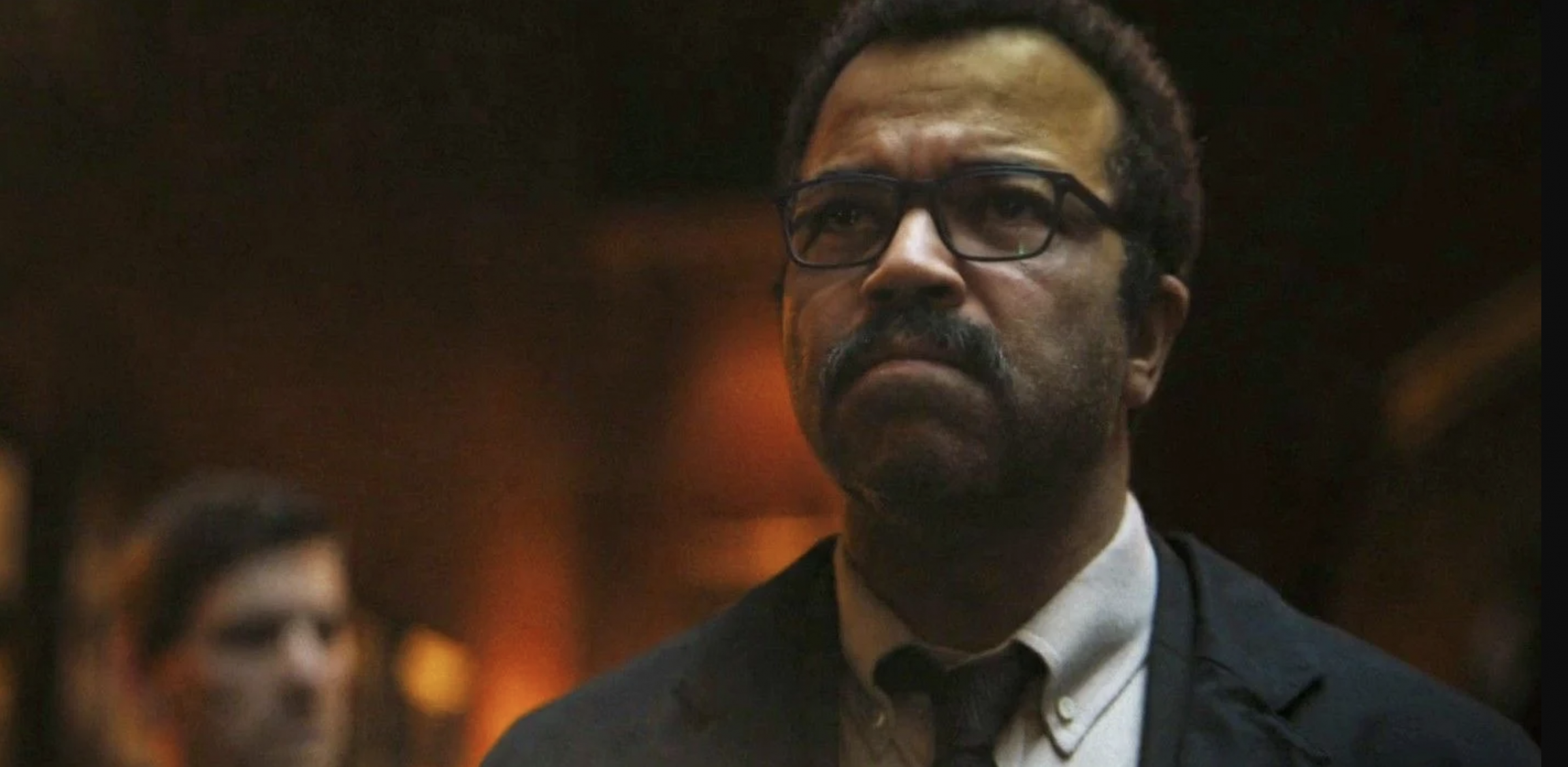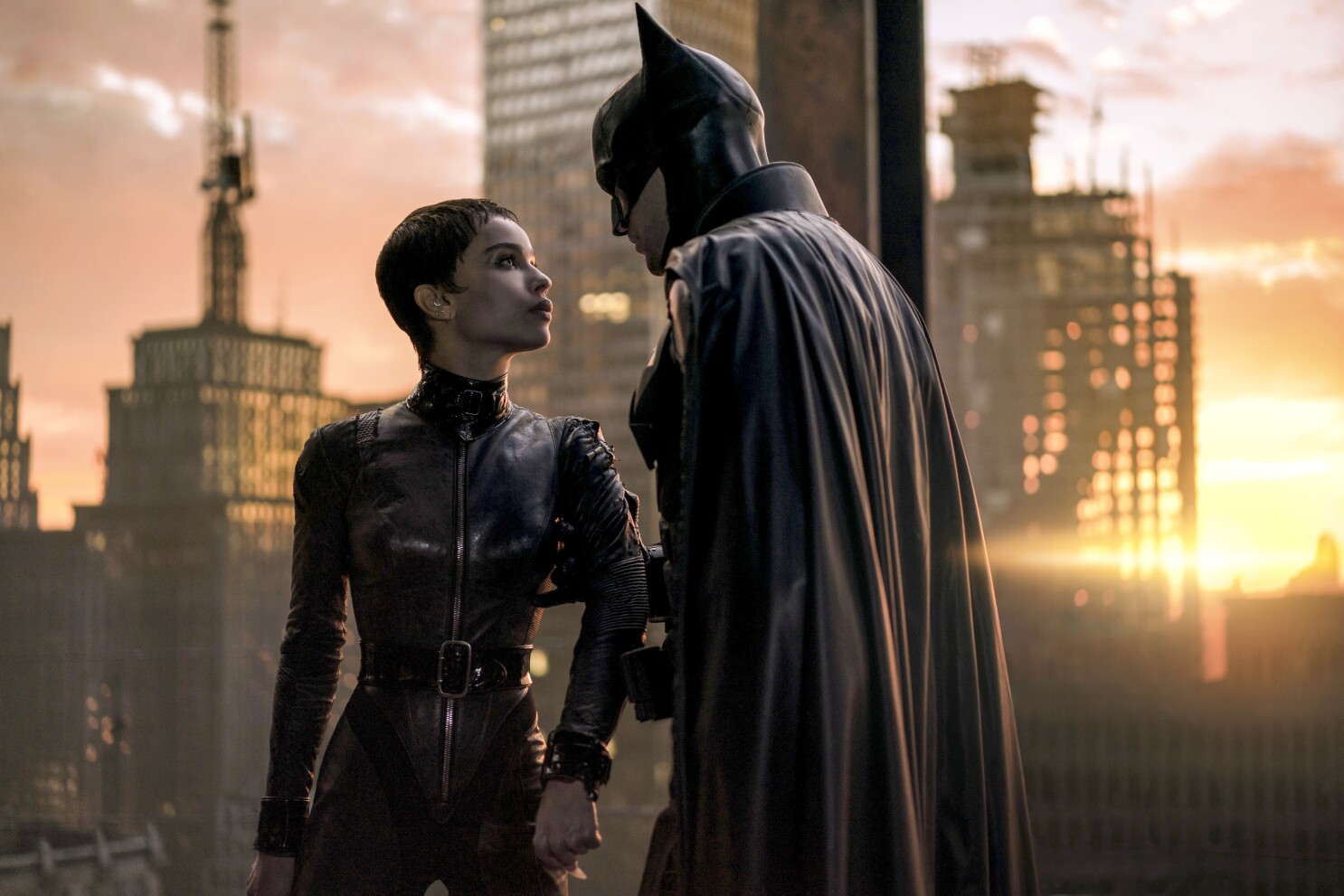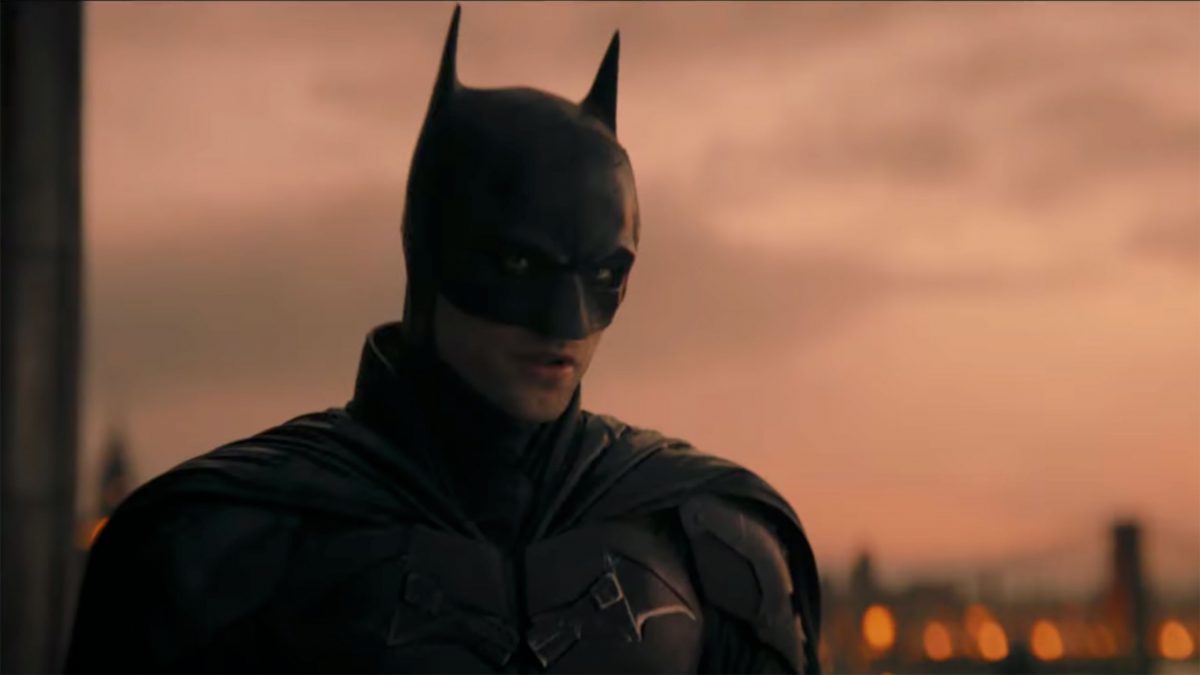Batman is the most capitalist of superheroes. Superman is an immigrant, raised by farmers, who moved to the big city to become a journalist. Spider-Man is from the urban working class, the first in his family to go to college, who struggles to pay the rent. Bruce Wayne is the scion of a billionaire family who never had to work a day in his life. He lives in a city plagued by squalor and poverty, but when he is personally affected by street crime, he doesn’t pledge a part of his vast fortune to improve the lives of the most wretched, but instead decides to spend a mint on weapons, dress like a bat, sneak around at night, and beat up people.
This is not a new criticism of the most popular superhero of the last 30 years. In Watchmen, Alan Moore made his antihero Rorschach the mirror of Batman in every respect except one: He’s dog-food-eating poor. Stripped of Batman’s playboy persona and big house, Rorschach’s secret identity Walter Kovacs is a violent, paranoid vigilante obsessed with right-wing media. Bruce Wayne is not a hero — he’s a traumatized psychotic with messianic delusions whose violent tendencies are enabled by his great wealth. That’s not really the sympathetic framing you want for your comic book hero, especially now, when the pandemic has laid bare the oligarchs’ inhuman greed.
Director Matt Reeves does attempt to address that less than generous framing in The Batman. His Bruce Wayne (Robert Pattinson) is a rich heir who lives in a Trumpian tower penthouse, but early in the film, Alfred (Andy Serkis) tries to get him to meet with the Wayne Corp accountants, who are apoplectic because of Bruce’s excessive spending and neglect of the core businesses. Bruce isn’t really into that capitalism stuff. He wants to be left alone to use his tactical bat gear and jet car to fight crime. Like Rorschach — and another psycho vigilante, Travis Bickle — we hear Bruce’s thoughts through his journal entries.

Gotham is plagued by a serial killer who is targeting the rich and powerful, beginning with the mayor. When Batman is called in to assist with the investigation by Lieutenant Gordon (Jeffery Wright) to investigate, Reeves teases out the Sherlock Holmes in the character’s DNA and lets Bats do some actual detecting. It seems the mysterious Riddler (Paul Dano) is leaving greeting cards addressed “To The Batman” at each crime scene. Bruce’s investigation leads him to Selena Kyle (Zoë Kravitz), a waitress braving crappy electronic music to work in a sprawling warehouse nightclub run by the Penguin (an unrecognizable Colin Farrell). “You have a lot of cats,” says the guy dressed as a bat when he breaks into her apartment.

Turns out, Selena is plotting elaborate revenge on the crime boss Carmine Falcone (John Turturro). Is everyone in Gotham some kind of costumed maniac? Only the ones who aren’t cops on the take. The bat and the cat team up with Gordon to take down both a web of corrupt city officials (which included Bruce’s beloved dead father), The Riddler, and Falcone’s criminal syndicate.
You might think that’s a lot to fit in a movie, but this one is 176 minutes long, so there’s plenty of time for too many bad guys, multiple false endings, and loving close ups of the Batmobile. Much of it works when taken on its own terms. Pattinson smears his eyeliner and broods with the best of them. The new Batmobile looks cool. Wright and Turturro own the screen. Dano is the best psychotic bat-villain since Jack Nicholson put on the Joker paint in 1989.
But none of it can overcome the fact that this is yet another gritty reboot of Batman. Michael Keaton’s Bruce Wayne was an emotionally crippled PTSD case during the first Bush administration. His chemistry with Michelle Pfeiffer’s Catwoman was electric. But instead of dripping weaponized sexuality, a chaste Kravitz Kubrick-stares her way through repetitive set pieces. How can you cast two of the sexiest people on the planet as forbidden lovers and create not a single spark on screen — even when one of them is armed with a taser?
There’s a good two-hour film buried in this bladder-busting, three-hour mess. If it had climaxed with the crackerjack scene where Batman confronts an incarcerated Riddler, I’d be singing a different tune. Instead, The Batman cops out and goes on for another 45 minutes of generic henchmen punching. “Maybe this is the end of the Batman,” muses a disillusioned Bruce Wayne. We should be so lucky.
